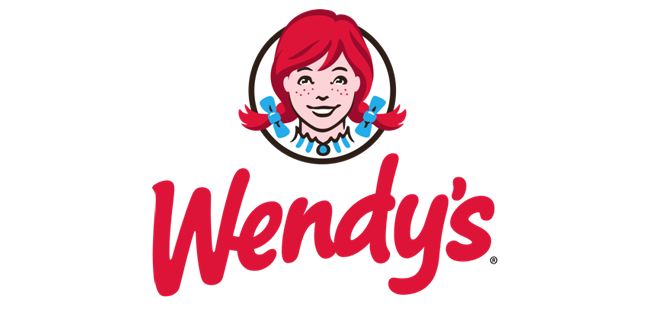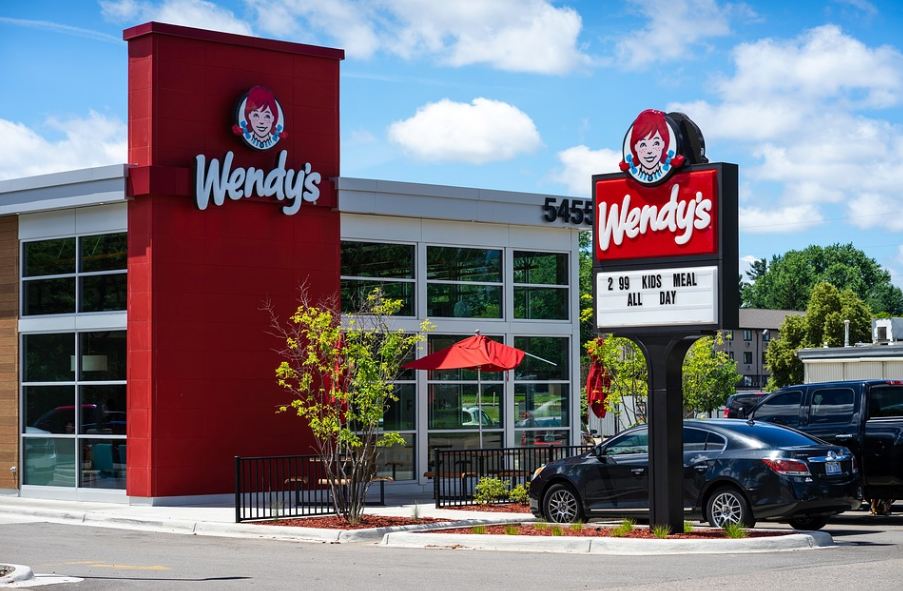Wendy’s is a fast-food company that is the third-largest hamburger chain in the U.S., behind McDonald’s and Burger King. Like those two chains, Wendy’s also has a considerable presence in the global fast-food market. It is famous for its hamburgers with square-shaped patties, salad bar, and the Frosty (frozen dairy dessert).
The founder of Wendy’s, Dave Thomas
Wendy’s incredible fast-food success started with a simple dream of the chain’s founder and first CEO, Dave Thomas (1932 – 2002). He was adopted when he was still a baby. His adoptive mother died when he was five, and later on his adoptive father moved around the country to find work.
His grandmother taught him the importance of service and treating others with respect, lessons which he would later apply in his life in business.

Thomas showed his industriousness at an early age. When he was twelve, he had his first job at a fine-dining restaurant in Knoxville, Tennessee; however, he was dismissed due to a dispute with his employer. Then he worked at another restaurant, Hobby House, in Fort Wayne, Indiana. At this point, Thomas decided to drop out of school to work full-time at the restaurant.
Looking back, Thomas later admitted that dropping out of school was the greatest mistake of his life. Because of this, he became an education advocate by founding the Dave Thomas Education Center, which offers classes and other educational programs to young adults.
Thomas’ fast-food career
When he was 18, Thomas volunteered to join the U.S. Army at the outbreak of Korean War. He was deployed to West Germany as a mess sergeant, where he used his previous restaurant experience to serve daily meals to 2,000 soldiers. He was later promoted to the rank of staff sergeant. Following his discharge, Thomas returned to work at the Hobby House, eventually becoming its head cook.
Thomas and his boss Paul Clauss first encountered Colonel Harland Sanders, the founder of Kentucky Fried Chicken. The goateed businessman had come to Fort Wayne, looking for established restaurants to buy his KFC franchise. At first, Thomas and Clauss declined Sander’s offer. But because of Sanders’ persistence, Clauss eventually franchised KFC and later owned several KFC restaurants in the Midwest. Thomas was now selling KFC chicken, and during this time, he worked with Sanders on several projects that would make KFC more profitable and give it brand recognition.
In 1962, Clauss approached Thomas with a proposition that would change the young man’s life forever. Clauss promised Thomas with a hefty percentage of the business if he would be able to turn the fortunes of the former’s four ailing KFC branches. Thomas loved the challenge, so he accepted his boss’s offer.
Thomas went to work with Sanders. The first move he made was to scale down the menu and focus instead on the chicken dishes. Thomas also introduced the chicken bucket to keep the chicken hot and crisp. He also suggested to Sanders that the latter should appear in KFC ads. These suggestions worked magically, and Thomas brought the four KFC stores back into business, increasing their sales once again.
For his work, Thomas was granted a whopping 45% share of the KFC business. From his profits, he was able to open and operate his own KFC restaurants, and as a result, he became a millionaire. The business was quite booming in the four KFC restaurants he revived that he sold his shares in them back to Sanders for $1.5 million.
This life-changing experience would prove invaluable to Thomas when he opened Wendy’s in Columbus, Ohio, in 1969. He named his restaurant after his fourth child Melinda “Wendy” Thomas. Wendy’s menu featured square-shaped hamburger patties, which would become the chain’s signature item.
In 1972, Wendy’s opened its door to franchising. That same year, it aired its first TV ad that was broadcast locally in Ohio. In 1976, it opened its first overseas location in Hamilton, Ontario, and by year’s end, it welcomed its 500th restaurant in Toronto.
In 1979, Wendy’s introduced the salad bar, which also became one of the chain’s most popular menu mainstays. It was also the first of its kind among fast-food chains. That same year, Wendy’s opened its first European branch in Munich, Germany. In the early 1980s, Wendy’s penetrated the Asian market with new locations in Japan, Hong Kong, the Philippines, Singapore, and South Korea. And the chain kept on growing.
However, Wendy’s is not without its shares of setbacks, but it would often quickly bounce back. During the 1980s, Wendy’s failed in its attempt to introduce a breakfast service. Other marketing efforts fizzled, causing the chain to experience loss in brand awareness. Thomas, who had already resigned from his day-to-day operations at Wendy’s, was urged to return to an active role with the chain. As a result, Thomas starred in a series of successful TV commercials that began airing in 1989. Thomas likable avuncular demeanor and natural folksy charm proved to be popular with the viewers. The TV commercials’ generally wholesome atmosphere was in complete contrast to that of the chain’s previous hit campaign, which carried the snarky catchphrase “Where’s the beef?”
By the time Thomas passed away in 2002, there were over 6,000 Wendy’s restaurants operating in North America alone. Today, it has more than 6,500 restaurants across 34 countries and plans to open more in the future.



